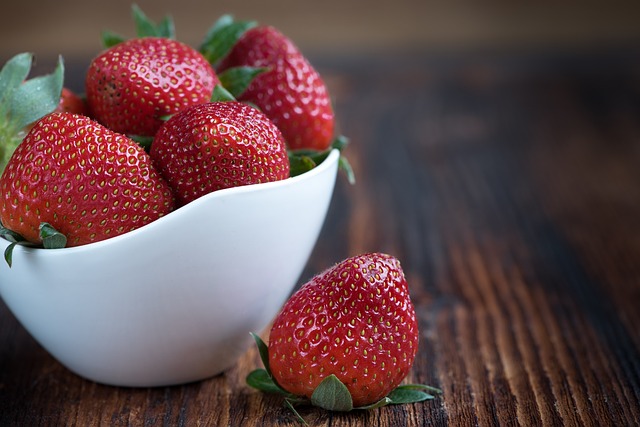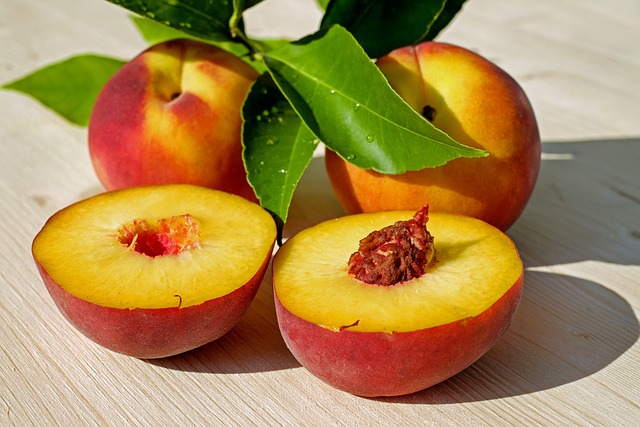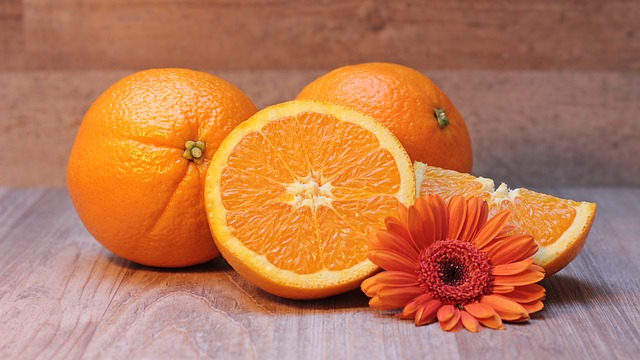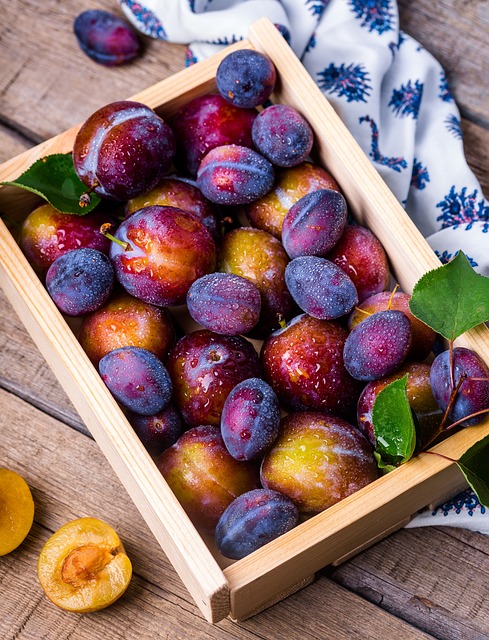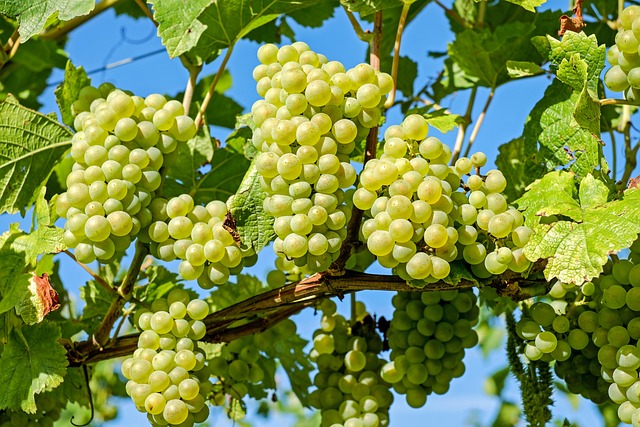Beyond Yogurt: Explore Unique and Surprising Sources of Probiotics
In recent years, probiotics have gained immense popularity for their numerous health benefits. The word “probiotic” itself means “for life,” and these living microorganisms are known to promote a healthy gut, improve digestion, boost immunity, and offer many other advantages. While yogurt is often the go-to source for probiotics, there are various other unique and surprising sources that can diversify your probiotic intake. Let’s explore these lesser-known alternatives!
Sauerkraut
Sauerkraut, a staple in many European cuisines, is made from fermented cabbage. It not only adds a tangy flavor to your meals but also provides a generous amount of probiotics. The fermentation process allows beneficial bacteria to thrive and multiply. Make sure to choose unpasteurized sauerkraut, as pasteurization can kill the live cultures. Add sauerkraut to your sandwiches, salads, or enjoy it as a side dish to introduce these friendly bacteria into your diet.
Kombucha
Kombucha, a fermented tea drink, has been gaining popularity in recent years. It is made by fermenting sweetened tea with a symbiotic culture of bacteria and yeast (SCOBY). The fermentation process converts the sugar into carbon dioxide, alcohol, and organic acids, resulting in a slightly effervescent, tangy beverage. Kombucha is not only refreshing but also a great source of probiotics. Explore different flavors of kombucha available in stores or even try making your own at home.
Miso
Miso, a traditional Japanese seasoning made from fermented soybeans, is rich in probiotics. It is commonly used to prepare miso soup, but it can also be added to various other dishes to enhance flavors. Miso paste is available in different varieties, such as white, yellow, and red, each offering distinct flavors. Incorporate miso into your recipes to enjoy its unique taste and reap the benefits of probiotics.
Tempeh
Tempeh is a traditional Indonesian food made from fermented soybeans. It is a popular meat substitute for vegetarians and vegans due to its high protein content. The fermentation process involved in making tempeh not only enhances its nutritional profile but also increases its probiotic content. Use tempeh as a versatile ingredient in stir-fries, sandwiches, or even as a topping for salads to enjoy its earthy flavor and probiotic benefits.
Kefir
Kefir is a fermented milk drink that has been consumed for centuries in Eastern Europe and certain parts of Asia. It is made by adding kefir grains (a mixture of bacteria and yeast) to milk. The fermentation process results in a tangy, slightly effervescent beverage with a texture similar to yogurt. Kefir contains a diverse range of beneficial bacteria and yeast strains, making it a potent source of probiotics. Enjoy kefir as a standalone drink or use it in smoothies or breakfast bowls for a nutritious and probiotic-packed meal.
Kimchi
Kimchi, a traditional Korean side dish, is made by fermenting vegetables, usually cabbage, with various seasonings. Apart from being a flavorful addition to meals, kimchi offers a wide array of probiotic bacteria. The fermentation process gives kimchi its signature tanginess and helps develop healthy bacteria. Incorporate kimchi into your diet by using it as a topping for rice bowls, wraps, or even as a garnish for grilled dishes.
Conclusion:
While yogurt remains an excellent source of probiotics, it’s exciting to explore unique and surprising alternatives to diversify your probiotic intake. Sauerkraut, kombucha, miso, tempeh, kefir, and kimchi are just a few examples of the many probiotic-rich foods available. Incorporating these diverse sources into your diet can provide a wider range of beneficial bacteria, helping to support a healthy gut and overall well-being. So, step out of your comfort zone and give these lesser-known sources a try!

